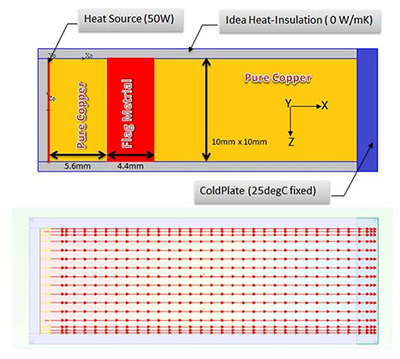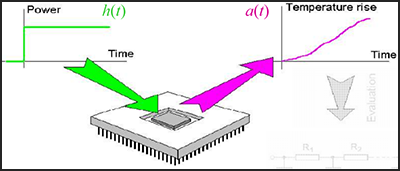Electronic Packaging Thermal Performance: Understanding Structure Functions
The Bridge Between Thermal Measurement and Thermal Simulation
This whitepaper will discuss the Challenge of Thermal Analysis in the Real World with a Case Study that is Closer to Real PCB Board Application

Thermal characterization of complex electronics: A basic primer on structure functions
You will learn:
- Evolution of power, size and temperature in electronics design
- Structure functions: A revolution of interpretation
- Examples of structure function applications: Characterizing interface resistances
- Measuring interface material thermal conductivity
- Improving thermal model accuracy through calibration

Mathematical Description of Thermal Systems
Thermal measurements and modeling: The transient and multichip issue
This whitepaper will discuss the following:
- The Theory of linear systems
- Step-response and their functions
- Time-constant spectrum
- Thermal transient testing
- Excitation
- Measuring the response
- Using logarithmic time scale

STRUCTURE FUNCTION WHAT IS A STRUCTURE FUNCTION
Structure functions provide a direct, intuitive picture of how heat propagates from the junction of a device to the ambient. They can be used to measure the performance of a thermal interface material, or of the whole package and system, providing a much greater understanding of the system than a simple thermal resistance number.
To learn more about Structure Functions, watch this short video explaining how a Structure Function is created.